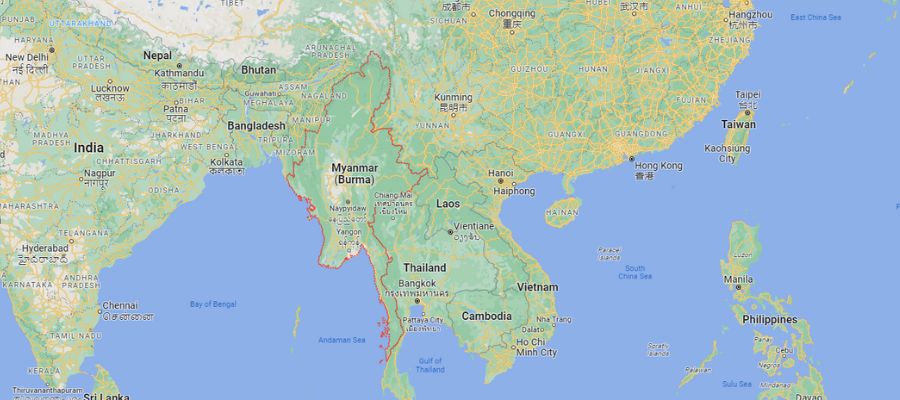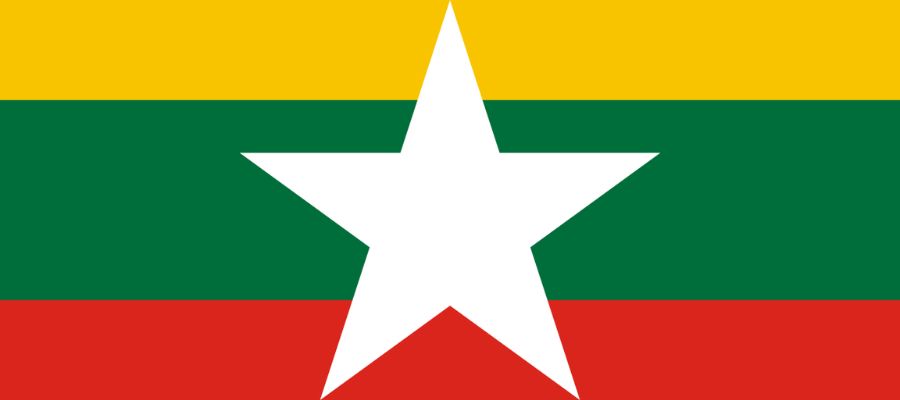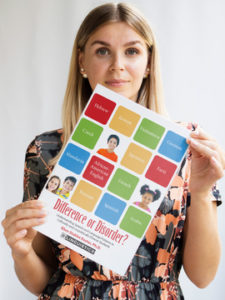One challenge that Speech-Language Pathologists face when asked to conduct a speech-language evaluation on a bilingual speaker or someone who speaks a language other than English is understanding whether their speech and language patterns are typical or whether they are indicative of a speech disorder or language disorder. Difficult enough! But what about when we have a tiny, yet highly represented language like Karen (pronounced kay-REN)? This is exactly when we need information on Karen speech and language development so that we can create great goals and make the right call in an evaluation.
Minnesota is the state with the largest number of Karen speakers. Other states with significant Karen-speaking populations include California, Texas, New York and Indiana. Knowledge of the speech sounds that exist in Karen, the rules for how those sounds can be combined, and the language structures of Karen will facilitate our ability to make diagnostic decisions when we evaluate students who speak Karen as their native language. Without understanding the makeup of the native language, it is difficult to differentiate speech and language disorders from typical patterns for Karen-English bilingual language development.
Conflict and violence in Myanmar (Burma) have led many people from that region to the United States. As children from Myanmar enter the United States school system, they bring with them their native tongue and begin learning English in school. For speech-language pathologists, it is important for us to understand the Karen speech sounds and Karen language features in order to better understand expected patterns that may be used by native Karen speakers as they develop proficiency in the English language.

In this post, we will share information about the Karen language spoken by those from Myanmar. There are many Karenic languages. We gathered information about the Karenic language spoken by most people, which is S’gaw Karen. If you are looking for information on the Chin language of Myanmar, see this blog post.
Where is Karen spoken?
The Karenic languages are a group of languages spoken by around 3 million people in Burma and Thailand. Karen is spoken by the Karen people in southeast Burma (Myanmar) and in Thailand.
What language family does Karen originate from?
Karen is a language that stems from the Tibeto-Burman language family. Abugida is the script used to write S’gaw Karen.

Are there different dialects of the Karen language?
There are three main dialects of Karen (S’gaw (pronounced skaw), which is the one described in this post, Western Pwo Karen and Eastern Pwo Karen. .

Customary Greetings and Nonverbal Interactions for Karen speakers
- Terms of kinship are often used in greeting one another (e.g. brother, uncle)
- The Karen people might greet one another by moving their right arm forward and supporting the right forearm with the left hand. This is a sign of respect. They do not typically bow or shake hands within their culture.
- Direct communication can be considered rude by the Karen people.
- Confrontation is often avoided and raised voices are considered rude.
- Being quiet is valued and considered respectful.
- Elders and those in helping professions, such as teachers, priests, and doctors, are highly respected.
- Those of equal status in their community look each other in the eyes when speaking. If one is not of equal status (such as a child speaking to an unfamiliar adult), direct eye contact can be considered rude.
- Two hands are used when handing something to someone to show respect.
- It is common for children to be quiet when in the presence of elders. This is a sign of respect.
Karen Speech Sounds
Below are Venn diagrams that include the consonant and vowel phonemes of Karen as they compare to English. The sounds on the left side of the Venn diagrams are unique to Karen. The sounds on the right side of the Venn diagram are unique to English. The sounds in the center of the Venn diagram are shared sounds.
Karen Speech and Language Development
Karen Consonant Phonemes in Comparison to English
| Karen Consonants Not Shared with English | /ʔ/ /pʰ/ /tʰ/ /kʰ/ tʃʰ/ /x/ /ɣ/ /ɦ/ /ɲ/ |
| Karen Consonants Shared With English | /p/ /b/ /t/ /d/ /k/ /s/ /ʃ/ /tʃ/ /h/ /m/ /n/ /ŋ/ /j/ /l/ /θ/ /ɹ/ /w/ |
| English Consonants Not Shared with Karen | /g/ /f/ /v/ /z/ /ʒ/ /dʒ/ /ð/ |
Karen Vowel Phonemes in Comparison to English
| Karen Vowels Not Shared with English | /ɨ/ |
| Karen Vowels Shared With English | /ɑ/ /i/ /ɔ/ /o/ /u/ /ɛ/ /e/ /ə/ |
| English Vowels Not Shared with Karen | /ɚ/ /ʌ/ /ʊ/ /ɪ/ /æ/ |
All but one of the vowel sounds of Karen exist in English. There are many English vowel sounds that do not exist in Karen. The result of this for a Karen-speaker learning English is that they may substitute a vowel from their vowel repertoire when they encounter an unfamiliar vowel sound in English. This is a typical pattern that can be understood as Karen-influenced English. It is not indicative of a speech disorder.
Karen Phonology
- Consonant clusters exist and may occur in syllable-initial position only.
- Syllables always end in vowels.
- There are 6 tones that differentiate meaning.
- There are no final consonants in Karen.
- Karen has complex syllable structures.
Karen Language Features
- Karen has a Subject-Verb-Object (SVO) sentence structure, which is the same as English. Subject-Verb and Verb-Object are also acceptable structures.
- Negation follows the verb in Karen, unlike in English. Thus a structure such as, “I go not” would be acceptable.
- Verbs are not inflected. As a result, we might expect a Karen speaker who is learning English to use the simplest form of the verb.
- Plurality is marked by a separate word, rather than a suffix, to mark the quantity.
- There are no definite articles in Karen.
- There are no indefinite articles in Karen.
- Adjectives follow nouns. For example, the description “shoes green” would be an expected pattern for a Karen speaker in the process of learning English.
- Quantity is also marked after the the noun (e.g. tree two) instead of prior to the nouns (e.g. two trees), as is typical in English.
For more information about the process of evaluating speech and language skills in bilinguals, get a copy of Difference or Disorder: Understanding Speech and Language Development in Culturally and Linguistically Diverse Students. It is available in paperback and ebook versions.
For more information about Karen phonology and orthography, this is a great resource: Omkoi Pow Karen Phonology and Orthography by Audra Phillips at Payap University.
Additional information about Karen speech sounds and Karen language features can be found in World Atlas of Language Structures Online.
The Open Language Archives also has valuable information about Karen.
The Karen Organization of Minnesota has an excellent resource on Karen Customs.
Ethnomed provides information about the culture, customs, and language of the Karen people.



